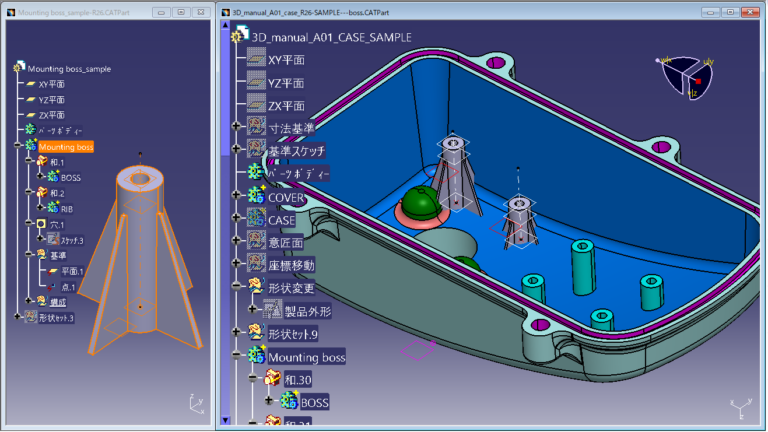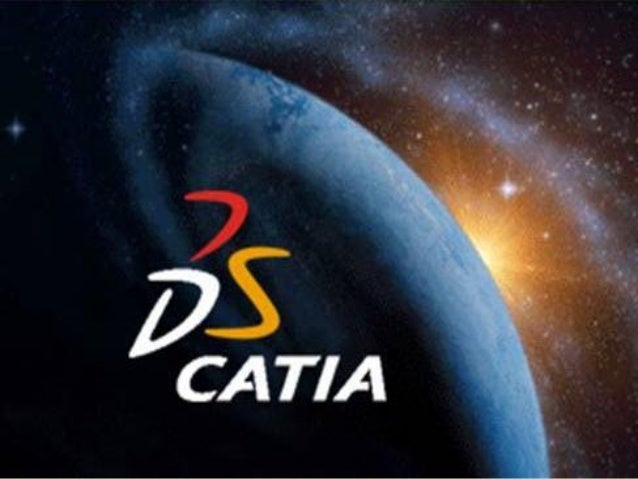

Should that happen, go to Tools>Customize>Toolbars, then click Restore Position. When display resolution changes, those pixel coordinates may become invalid, and the toolbar won’t display no matter what you do. The reason is that location of every toolbar on the screen is written in CATIA session settings in pixel coordinates. Occasionally you might lose a toolbar for good.The most common mistake is that, while outside the Sketcher, the user looks for a tool that belongs in the Sketcher workbench.If you don’t know which workbench you should be in to get the tool, unfortunately, you might just have to poke around other workbenches to see if the icon shows up.To figure out the workbench you’re in, point the mouse cursor to the workbench icon and wait until the tooltip displays.Check if you’re in the correct workbench.To do that, pull out the toolbar onto CATIA’s window, then change the toolbar orientation from vertical to horizontal by dragging the toolbar while pressing the key. The tricky part here is to figure out the names of the toolbars. Go to View > Toolbars and check if enabling any of the listed toolbars displays the icon.Be aware that the icon you select in the sub-toolbar will stay on-top. Expand all the flyouts by clicking on the black triangles to see if the sought icon might be in the sub-toolbar. Many icons are collapsed behind a single icon with a black triangle (so called flyout).Pull out all those toolbars until you don’t see the double-arrows anymore. If so, it means that some of the toolbars just don’t fit into the available screen size.

Make sure you don’t see any subtle gray double-arrows (or ‘chevrons’) in the bottom-right corner of your CATIA screen.So here are the steps to find those missing icons.

Now, poking around through the menus is slow and unproductive, most people would rather click an icon in a toolbar. If an operation involves creating a new feature, that would probably be in the Insert menu. If an operation involves something like saving or opening a file, that would be in the File menu. Which menus to look through? Just use some logic. Or, if you want to create a Pad feature, you can go to the Insert menu, then Sketch-Based Features, then Pad. For instance, if you want to change the display mode from shaded to wireframe, you can go to the View menu, then select Render style, then select Wireframe. Here’s the process I typically recommend for hunting down those cannot-be-found icons.įirst, instead of using icons and toolbars to start a tool, be aware that you can always use the top-level menus, because each icon in CATIA has a counterpart appearing in one of those menus.
#What is catia v5 software#



 0 kommentar(er)
0 kommentar(er)
